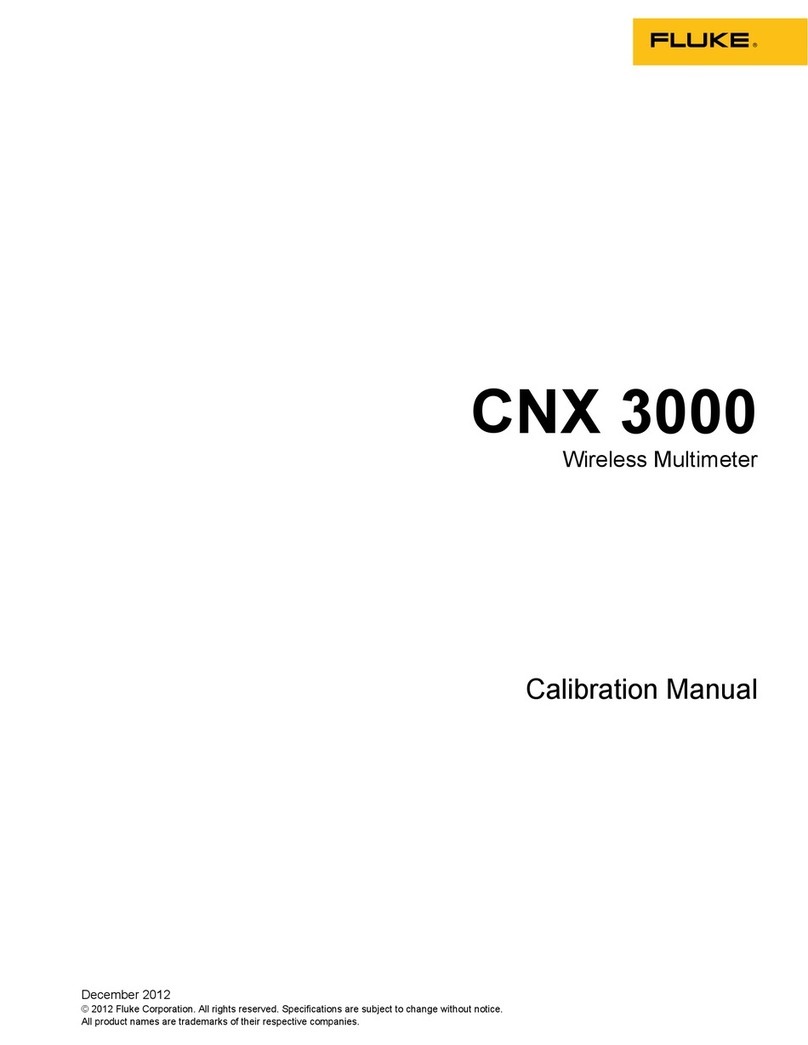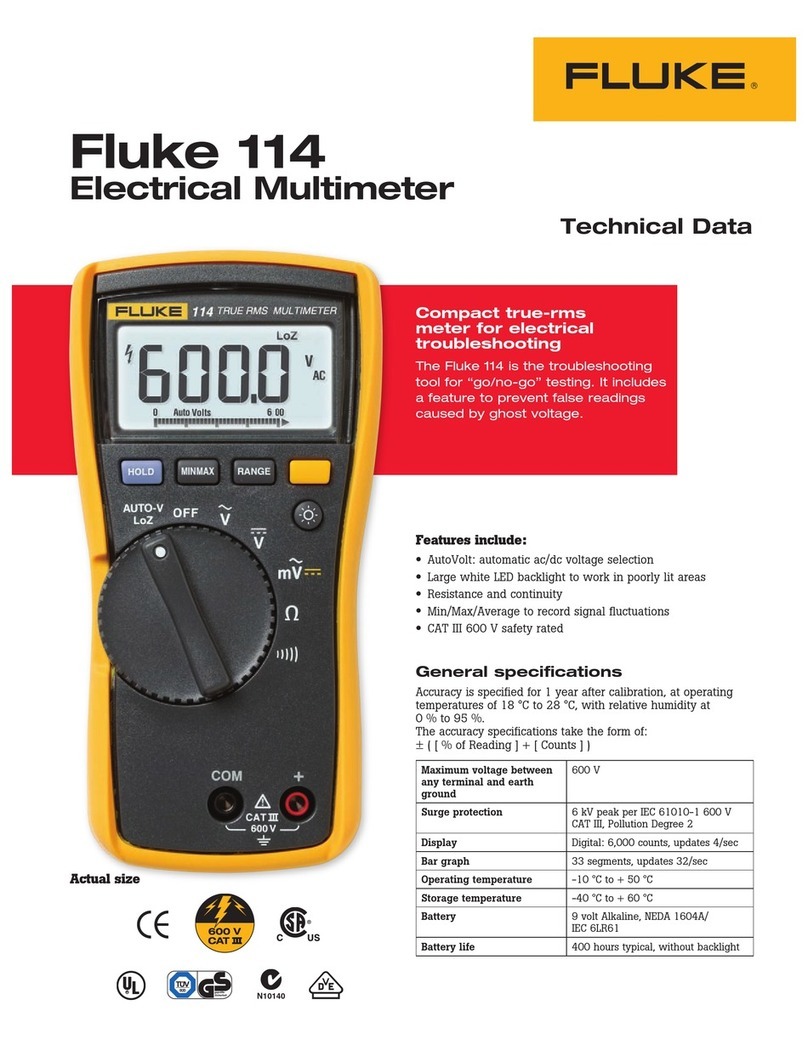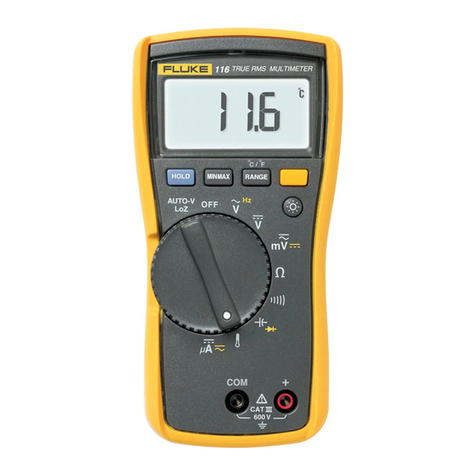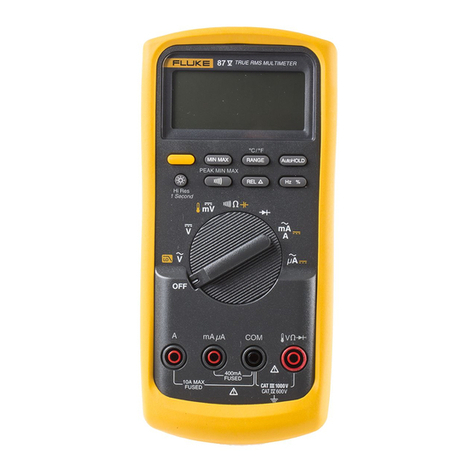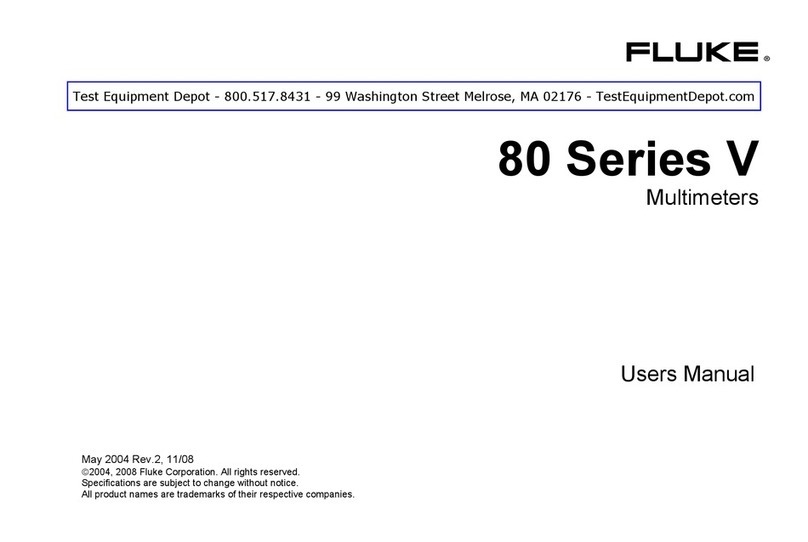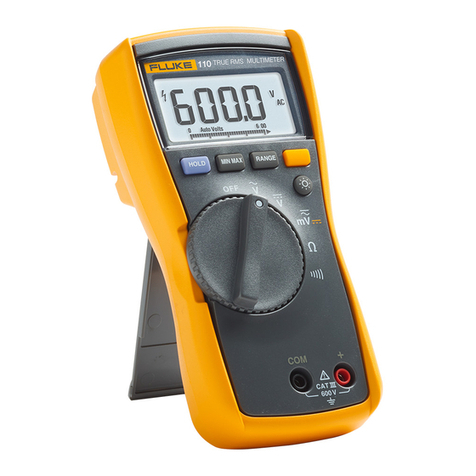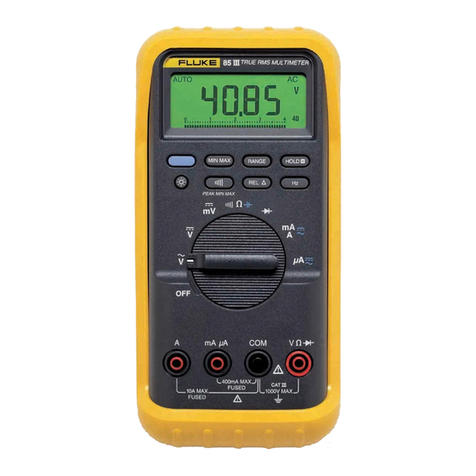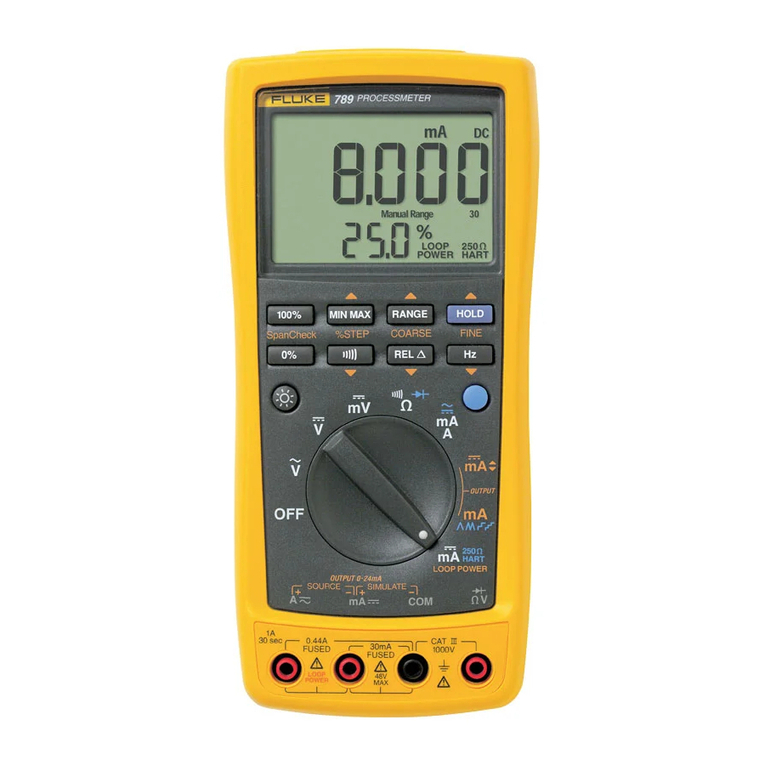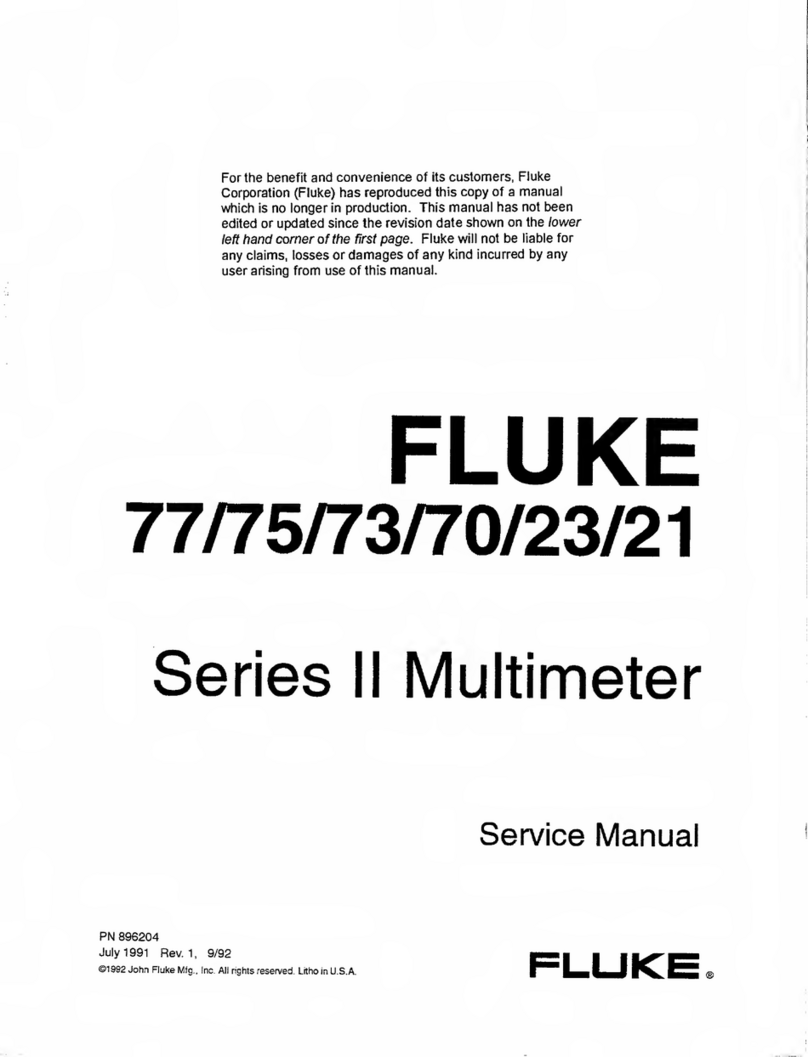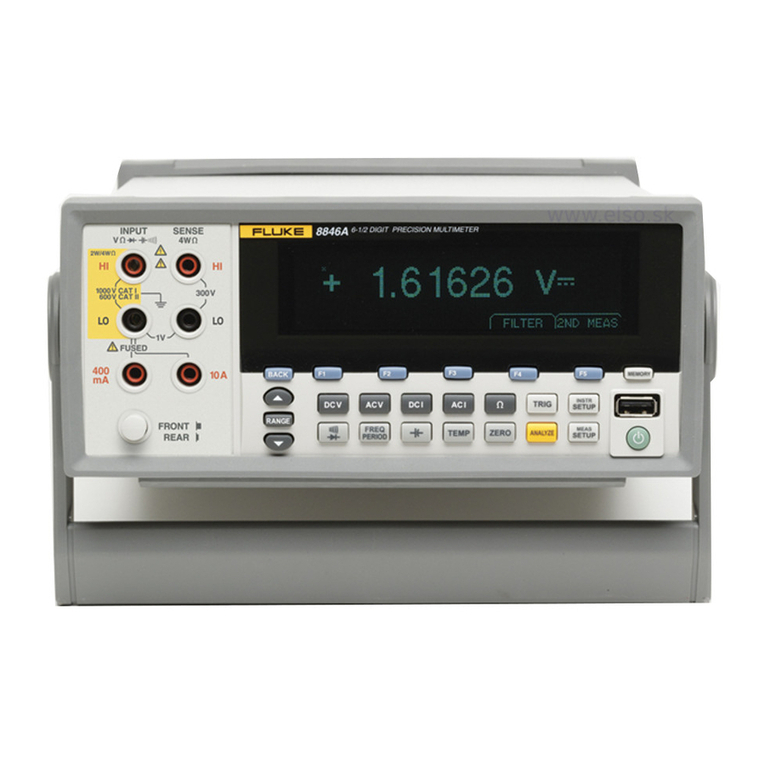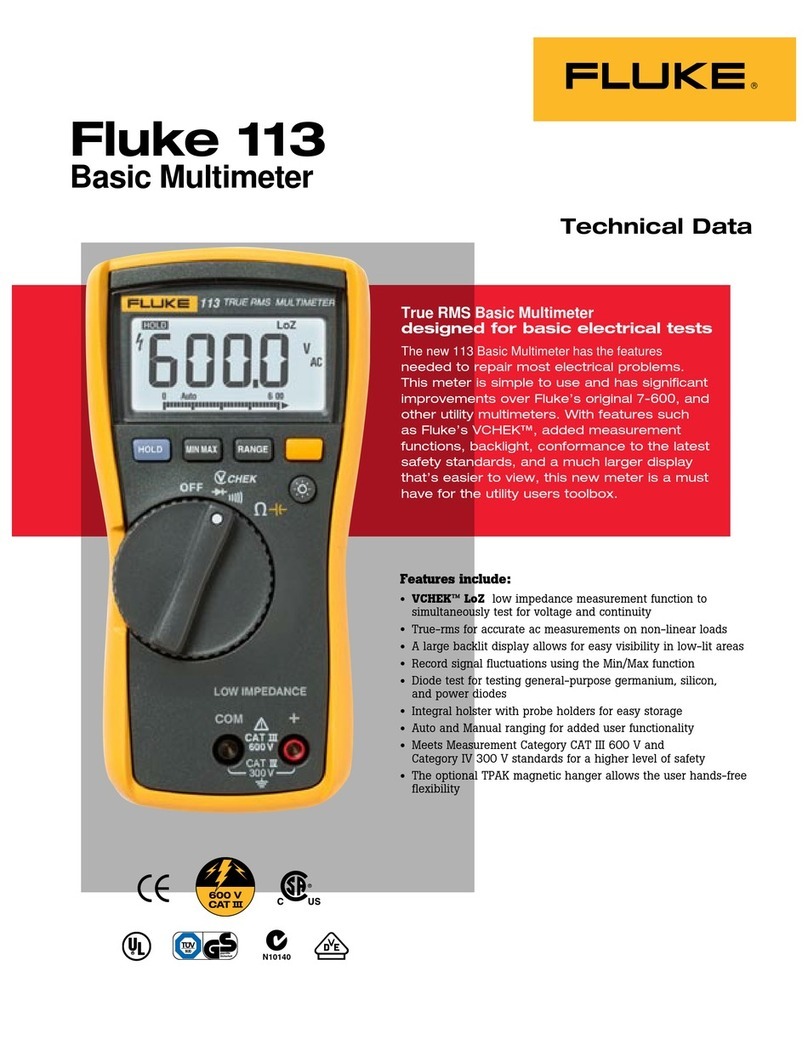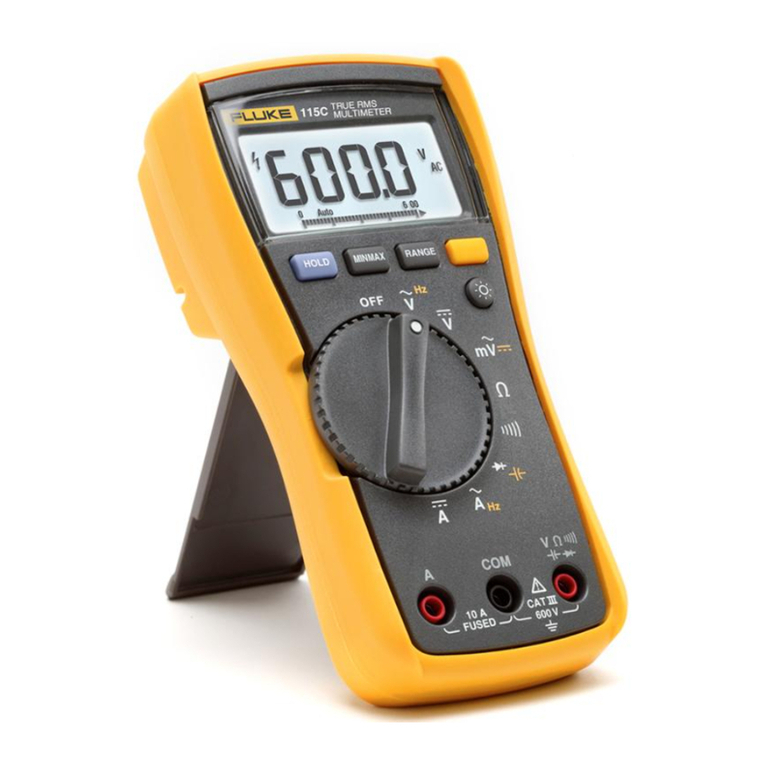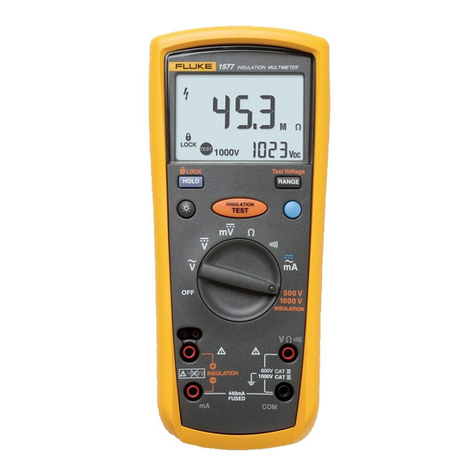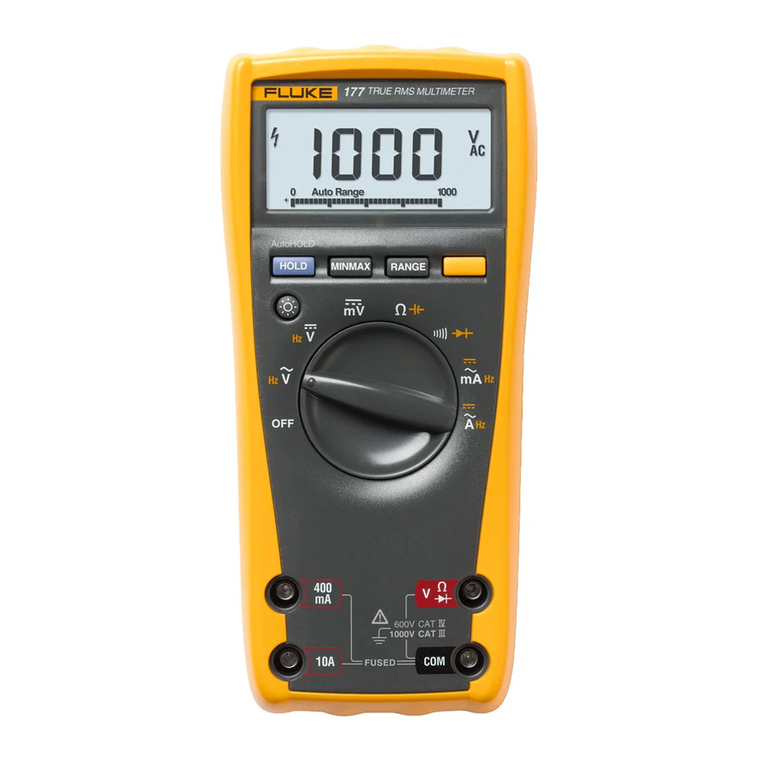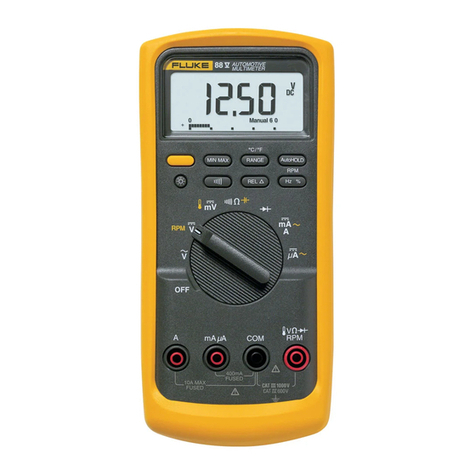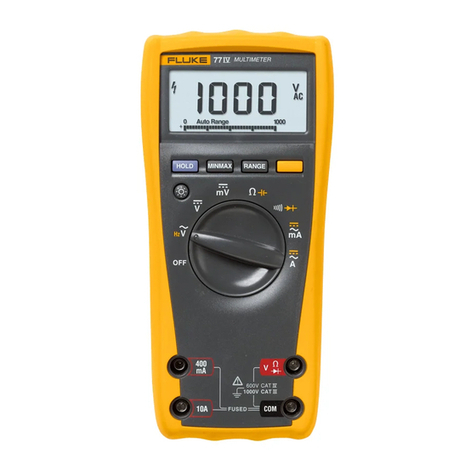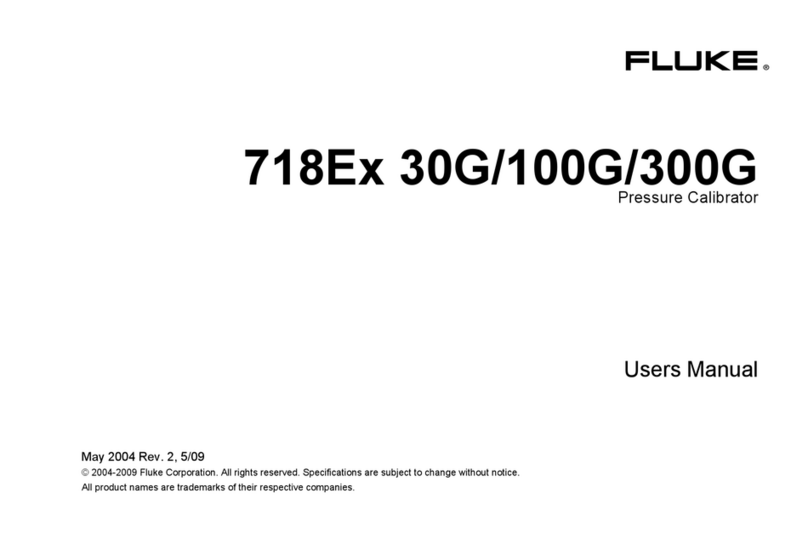
i
Table of Contents
Chapter Title Page
1 Introduction and Specifications............................................................ 1-1
1-1. Introduction............................................................................................. 1-3
1-2. Organization of the Service Manual ....................................................... 1-3
1-3. Conventions ............................................................................................ 1-3
1-4. Specifications.......................................................................................... 1-4
2 Theory of Operation ............................................................................... 2-1
2-1. Introduction............................................................................................. 2-3
2-2. Functional Block Description ................................................................. 2-3
2-3. Circuit Descriptions ................................................................................ 2-3
2-4. Input Overload Protection .................................................................. 2-4
2-5. Rotary Knob Switch ........................................................................... 2-4
2-6. Input Signal Conditioning Circuits..................................................... 2-4
2-7. Volts Functions .............................................................................. 2-4
2-8. Ohms Functions ............................................................................. 2-5
2-9. Current Functions........................................................................... 2-6
2-10. Continuity, Low Ohms and Diode Test Functions......................... 2-6
2-11. Analog Section of Integrated Multimeter IC (U4) ............................. 2-7
2-12. Capacitance Measurements............................................................ 2-7
2-13. Frequency Measurements............................................................... 2-7
2-14. Microcomputer Control...................................................................... 2-8
2-15. Peripherals to U4 ................................................................................ 2-9
2-16. AC Buffer....................................................................................... 2-10
2-17. AC Converter ................................................................................. 2-10
2-18. Active Filter ................................................................................... 2-10
2-19. A/D Converter................................................................................ 2-10
2-20. Beeper ............................................................................................ 2-10
2-21. Power Supply ................................................................................. 2-10
2-22. Display................................................................................................ 2-11
3 Maintenance............................................................................................ 3-1
3-1. Introduction............................................................................................. 3-3
3-2. Recommended Equipment ...................................................................... 3-3
3-3. Operator maintenance ............................................................................. 3-4

